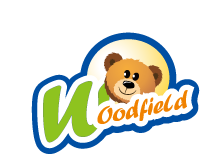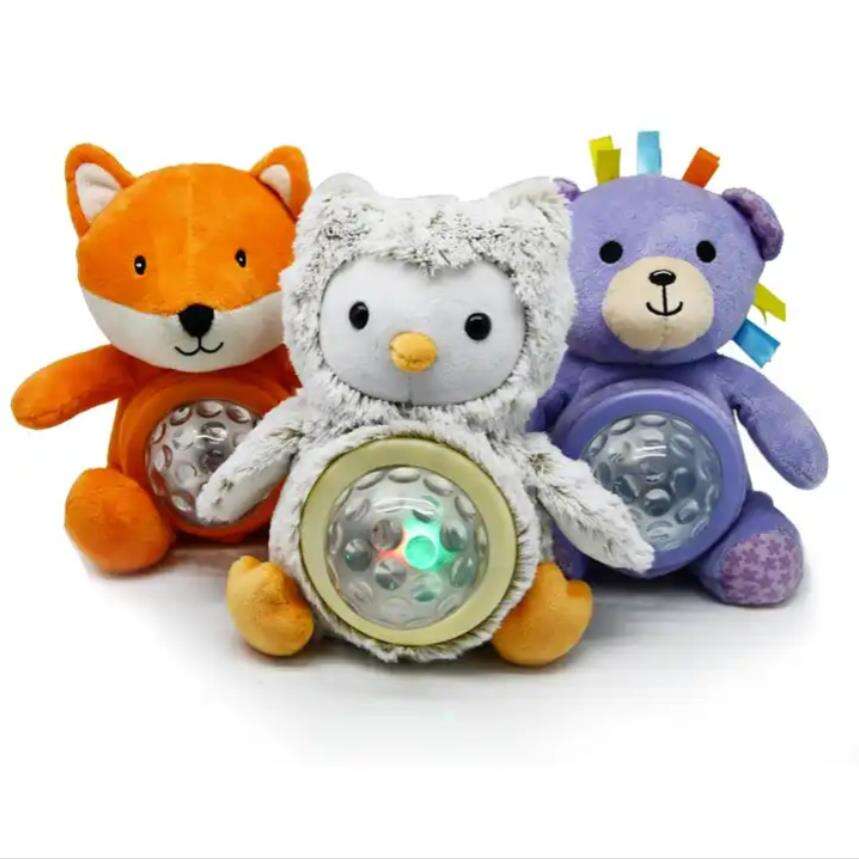Текстилден жасалған кітаптардың тілдік даму үшін пайдалары
Өйін таңбаланған сөзге айналады, бұл сөз баланың жалпы дамуына қол жеткізетін көптеген предметтер мен әрекеттерден тұрады. Ол ой-пойында баланың ұғымдарын және емоционалдық өмірін толық өрнектесуге мүмкіндік береді, бұл дамудың барлық жағдайларында, когнитивтік немесе қоғамдық бейнесіліктерде негізгі элемент болып табылады. Тіл дамуына келсе, бала өткен барлық шешімдер қол жетімділік ретінде қарастырыла отырып, қажетті де. Бала қатысты ерекше әрекеттер барлық кезде қоршаған құрметке жауап береді және қоршаған құрметке жауап береді. Бұл жағдайда, оқу кітаптарының жаңа тенденциясы білім беру саласында пайда болды, бұл кітаптар қалыптастырылған материалдан жасалған және балаларға арналған. Бұл мақала сияқты кітаптарды, олардың айырмашылығын және алғашқы балалар біліміне қатысты көптеген темаларды дамытуға мүмкіндік беретін пайдалы жағдайларды қарастырады.
Сөздік қорын дамыту
Әрекет туралы сөйлеу кезінде әкімшілік пайда болады, тікелей құжаттар балаға арналған. Бұл әдіс жаңа және маңызды, себебі мақсатты жас - балалар мен мектепке дейінгі бала, олардың оқу үшін тіркеме үйренуде және ең маңыздысы, қолданушылар қандай екенін тыңдауға үйренеді. Кітаптар әдетте тікелей беттерде сияқты ресимдермен жасалған - алдын ала балалардың сезімдерін және қосымша сезімін стимулиреді. Woodfield кітаптары қорғанысқа және қызыл тікелей материалдан жасалған қараңғы таңбаларды суреттейді, ал маңызды ретте, олар шығысқа жатады! Балаларға жаңа сөздерді үйренуге болатын несие жоқ, себебі тікелей кітаптармен келетін мүмкіндіктердің саны шексіз.
Қысқаша әңгіме құру
Сурет салу және ақындық - басынан бері және әрекетке кіредігі уақытта әңгіме түсіндірудегі негізгі элемент болып саналған. Текстиль Woodfield китаптарының барлық ішкі және сыртқы бөліктерін қамтамасыз етеді - бұл балалардың еңбектерін шабуылдауға көмектеседі. Сондай-ақ, тиімді таңдар және ақындықпен бірге, балалар метафоралық тілге деген қызығушылықпен танысады және текстильдік әрекеттермен байланыстырады; сонымен әрі, көптеген балалар әңгіменің ішіне қосымша терең бір қате жасауға тиісті болады. Бала кітаптары ойыншықтардың суреттері мен әңгіме түсіндірудің дамыған қоспағын қамтамасыз етеді. Матрейенко авторы бала қызығушылығын жеңіп алуда және тікелей өзіндік өзгерту әрекетін балаларға үйретуде маңызды текстиль кітаптарының мәнін баяндауға муваффақ болды.
Дәл моторлық біліктерді жетілдіру
Текстильдік кітаптар туралы сөйлей отырсаң, ешқандай басқа шеялар қатынасыз беттерді ауыстыруға дейінгі суреттерге қарауға болады. Бұл интерактивті элементтер – жабырғыштар, түймелер және текстура – балаға беттердің поверхностін маныпикациялауға және тіл дамуымен берілген жемістердің тонизациялануына мотивация береді. Бала тексертілердің Woodfield текстильдік кітаптарымен қосымша болып, суреттермен, қабырғалармен, тауып, ойдастырып, жазу және басқа іс-әрекеттерде маңызды дағдыларды үйренеді.
Қоғамдық өзара әсерін дамыту
Өнер қызметі ретінде емес, текстильдік кітаптарды оқу - балалар мен қорғанушылар арасындағы өзара әсерді дамытуға мүмкіндік беретін басқа бір sphere. Бұл кітаптар ұстазға оқытуға балаға сыйлықты оқытуға бағытталған, олардың байланыс уақытын жоюға көмектеседі. Осы оқы-есеп сессиялары өзара әсер, қосымша, сұраулар және жауаптар үшін мүмкіндік береді, барлық бұл конверсациялық өзара әсер және қоғамдық пікірді даму үшін маңызды.
Бастапқы грамотность қабілеттерін дамыту
Егер адам ұл бала болса, онда оның дүниесі кітаптар мен олардың қуыршақталған беттерінің біріктірілгені арқылы құрылған болуы мүмкін. Бұл кітаптар ұл балаға таңғы және әңгімелердің дүниесіне енгізуіне мүмкіндік береді. Кітаптар беттерде жазылған сөздермен таныстырылады және бұл танымды ерте жаста қалай қалпына келтіруге болатынын білу үшін оқу процесінен қадірлі қатысу арқылы жасалады, мысалы, Woodfield балалар үшінгі кітаптардағы тканистік әңгімелер. Балалардың әріпсіз етуі үшін келесі қадам және қызығушылық пен қажеттіліктерді бағалау контекстінде сипатталатын тобының айрым шығысы. Балалардың естікке қызығушылығы мен көптеген түстер мен текстураға қолданылатын кітаптар, ерте жаста оқуды бастауға қызмет етеді.
Тіл дамуы ткені құралын пайдаланудан артық нәтиже алғанда мүмкін. Woodfield сияқты компаниялар балалардың бастапқы білімін кеңейтіп, ойлау және өзгертудің әдісін арттыру арқылы қолдауда. Сөздік қорын дамыту, әңгіме қошатуға стимул беру, жембейлі моторикасын дамыту, социалдық байланыстарды қалыптастыру және бастапқы оқығыштықты қолдау - барлығы ткені құралдарымен балалардың дамуына көмектеседі және дамып жатқан зердеңдердің дамуында маңызды құрал ретінде қызмет етеді.

Ұсынылатын өнімдер
Қызықты жаңалықтар
-
Өзге жастарға сай Тәрбиелік ойыншықтарды таңдау
2024-11-08
-
Жабайы жануарларды өндіру үшін пайдаланылатын материалдар
2024-11-04
-
Қытай жабайы ойыншық fabrics Global Marketтегі инновация мен сапасымен бірінші орында отырғанҒа деңгейде жоғары болды.
2024-01-23
-
Өсімдік Ойыншықтар Қалай Мәдени Саулығыңызды Жетілдіреді
2024-01-23
-
Өсімдік Ойыншықтар Фабрикасы Саласы Тренддері: Шешімдер мен Мүмкіндіктермен Бірге Өседі
2024-01-23
-
Өсімдік Ойыншықтар Пазары Сұранысы Өсіп Жатады
2024-01-23
-
Woodfield Веб-Сағаты Онлайн
2024-01-22

 EN
EN
 AR
AR
 BG
BG
 HR
HR
 DA
DA
 NL
NL
 FI
FI
 FR
FR
 DE
DE
 EL
EL
 IT
IT
 JA
JA
 KO
KO
 NO
NO
 PT
PT
 RO
RO
 RU
RU
 ES
ES
 SV
SV
 TL
TL
 IW
IW
 ID
ID
 SR
SR
 UK
UK
 HU
HU
 MT
MT
 TH
TH
 TR
TR
 FA
FA
 MS
MS
 GA
GA
 IS
IS
 EU
EU
 BN
BN
 LO
LO
 LA
LA
 SO
SO
 KK
KK

